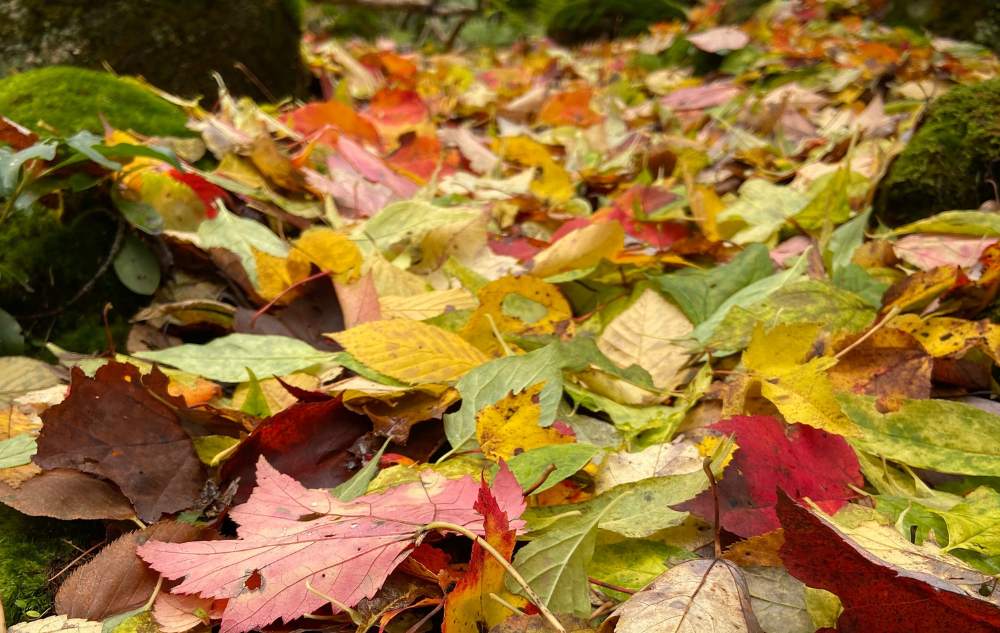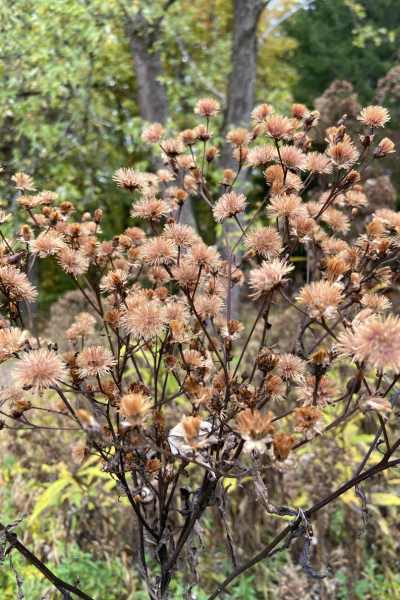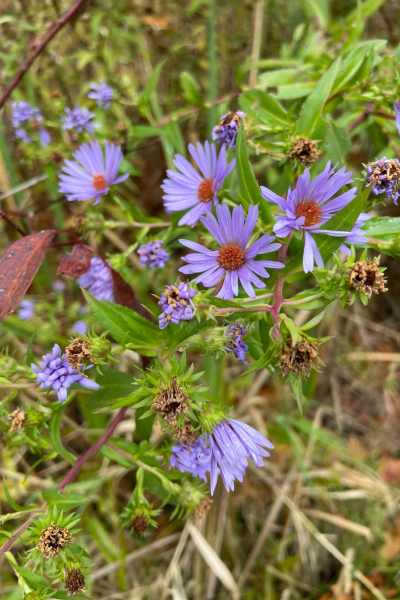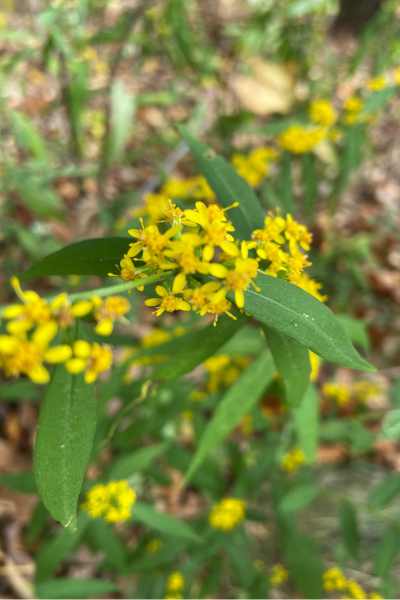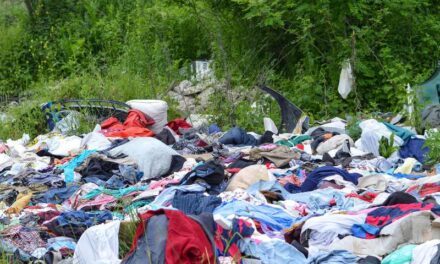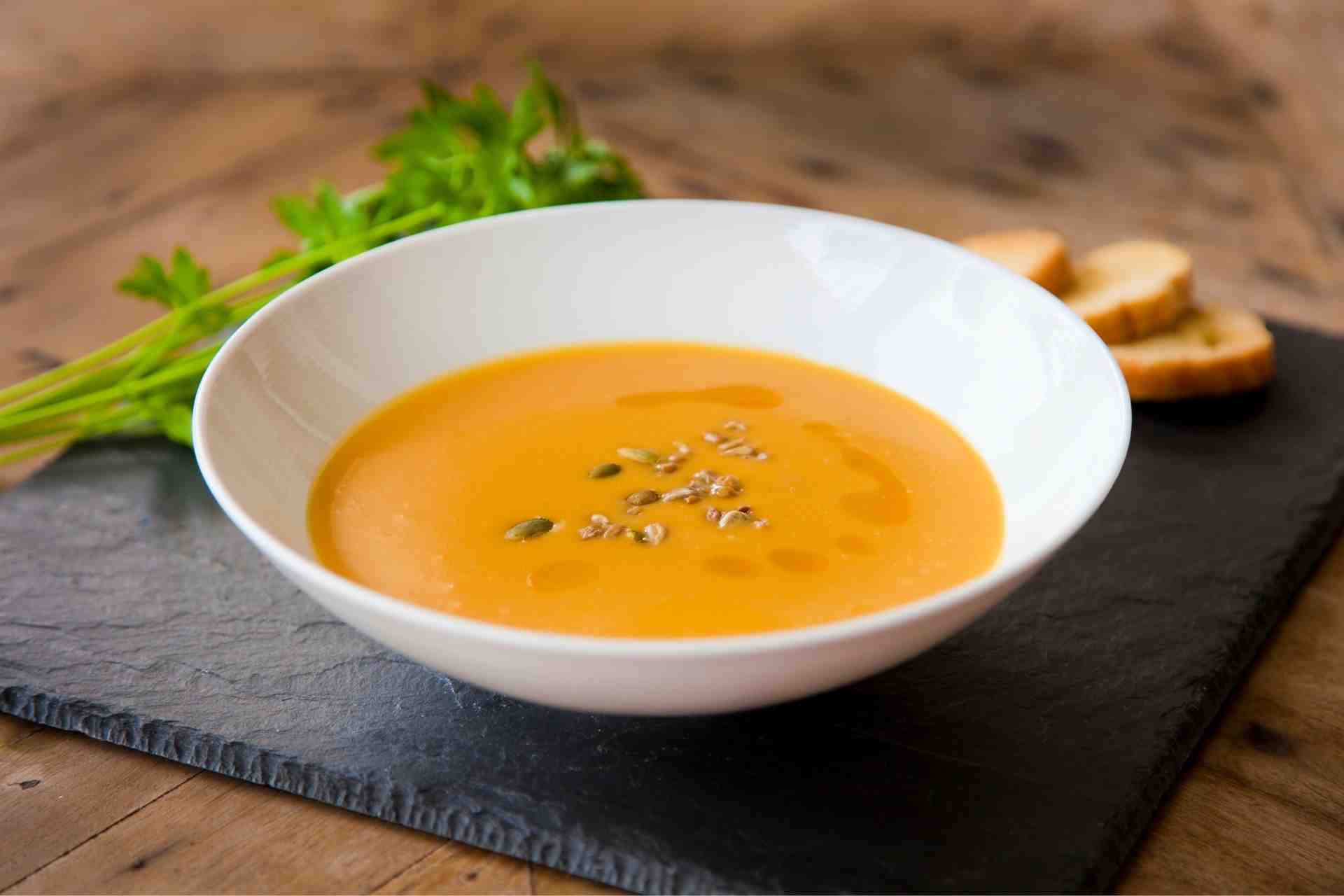Transform Your Fall Garden with the Power of Leaf Litter
Leaves are a substantial, intricate part of nature. As a master naturalist, I learn more about nature daily. This fall, as the leaves started shaking loose from the trees, I was keenly observant of the leaf litter in my backyard. The beautiful carpet of yellow and brown leaves serves a vital purpose, and is a key component of local ecosystems.
In past years, I used my lawn mower to collect and mulch leaves. I would then add the chopped up leaves to our compost pile or spread them around my flower and herb beds. But this year, I decided to try something different.
Let leaves lay where they have fallen.
This year, I made the conscious choice to not pick up the leaves that fell from our trees. In fact, I also left the native plants in my yard untouched this year, allowing them to catch and trap fallen leaves in between their stalks instead of cutting them back. These native species, like sunflowers, Joe Pye weed, New England asters, mountain mint, Echinacea, Goldenrod, and more, create a stabilizing barrier for organic litter.
Our yard might look unkempt and messy at first glance, but leaf litter is full of life that we cannot see! Did you know that organic litter creates a natural habitat that provides food, protection, shelter, water, nesting, and hunting sites for pollinating insects? The litter serves as a food source and refuge for bees, flies, wasps, moths, caterpillars like the Woolly bear (also known as the Isabella tiger moth) and moths during the cold winter?
Joe Pye Weed
New England Asters
Golden Rod
Day-flying moths and other excellent pollinators rely on leaf litter for survival.
The beautiful hummingbird clearwing moth spends a part of its life under leaf litter (I was lucky to witness two of them collecting nectar this summer!). Glowing insects like lightning bugs, lightning beetles, fireflies, and glow worms) live in organic litter, and have experienced population declines over the last few decades. Amphibians, snails, earthworms, turtles, and salamanders love decaying leaves, especially near water sources. Woodland mice, squirrels, and birds nest in leaf litter. Non-migratory birds rely on dried plant seed food sources and water from leaf and plant litter. Oven birds forage for arthropods in ground litter and low-growing ground covers, making ground nests out of leaf litter in shapes that resemble tiny ovens.
Other ways leaf litter is a critical part of our ecosystem:
- You can collect leaf litter and small branches to be used for raised bed mulching, composting, and weed-suppressing.
- Leaf litter helps prevent erosion from rain. The debris helps protect soil from dislodging sediment that can wash away into nearby storm drains, watersheds, and rivers.
- The top layer of leaf litter contributes to the water cycle. Water collected in ground debris easily penetrates forest soils, replenishing groundwater aquifers.
- Decomposing fall leaves are full of plant essential nutrients. Billions of microscopic life – bacteria, fungi, and tiny invertebrates – add life back into nutrient-deficient soil. Deteriorating leaves also release minerals like nitrogen, calcium, and potassium into the soil that are recycled and used again as food for plants and trees.
This year, rethink your fall garden cleanup and all the benefits leaf litter provides to plants, animals, and local habitats. What opportunities do you have to support this critical biodiversity?

This experience was shared by OPL Naturalist Yvonne Dwyer.
Learn more about Yvonne.

